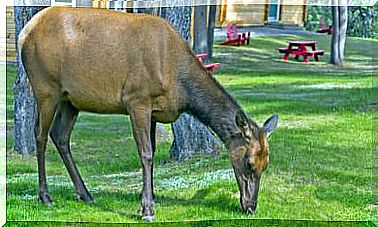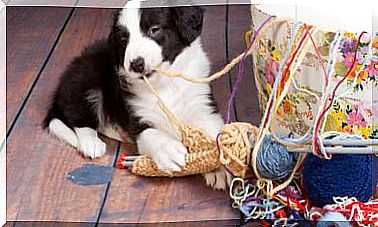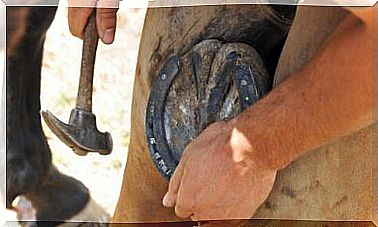Why Is My Cat Chasing Its Tail?
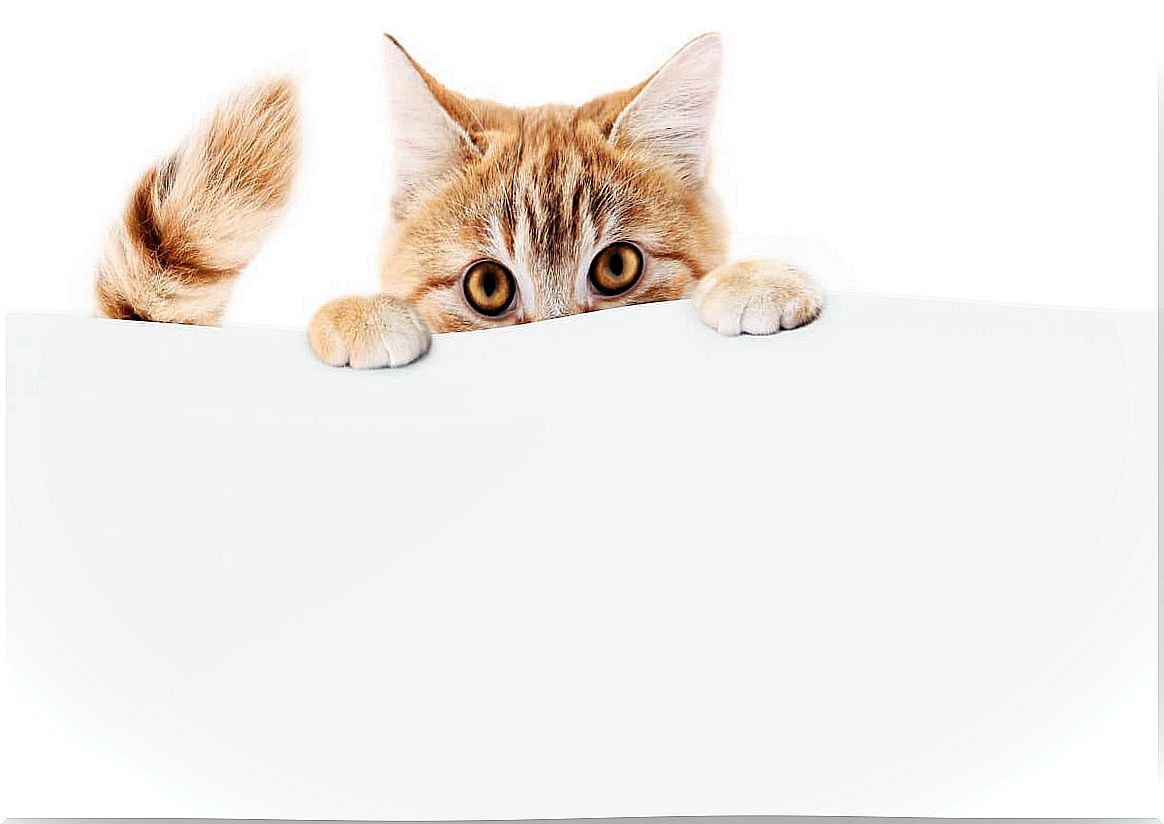
Felines are an inexhaustible source of funny moments, especially for the internet and its surfers. However, if a cat is chasing its tail, it may not be fun for him. It is necessary to bear in mind certain bases to confirm that it is a gambling behavior and not a sign of a disorder.
The reasons for this curious behavioral mechanism change throughout the different life stages of the feline. In this article, you will find a review of it longitudinally and some ways to correct it, if it is a problem.
Tail chasing in puppyhood
In childhood, like other animals, cats learn to function in the world and for this they must explore. Thanks to this, they learn what things are harmful or dangerous and which are fun, although along the way you may observe somewhat eclectic behaviors.
When the puppy is chasing its tail, it is more normal that it is developing its hunter instincts through play. In fact, this behavior is very common during this life stage.
This is also a way to release energy and you will surely see it in those moments when the felid starts jumping and playing unexpectedly. If it is also an animal that does not go outside, it will need more moments of play to entertain itself, so the tail may be chased more than normal.
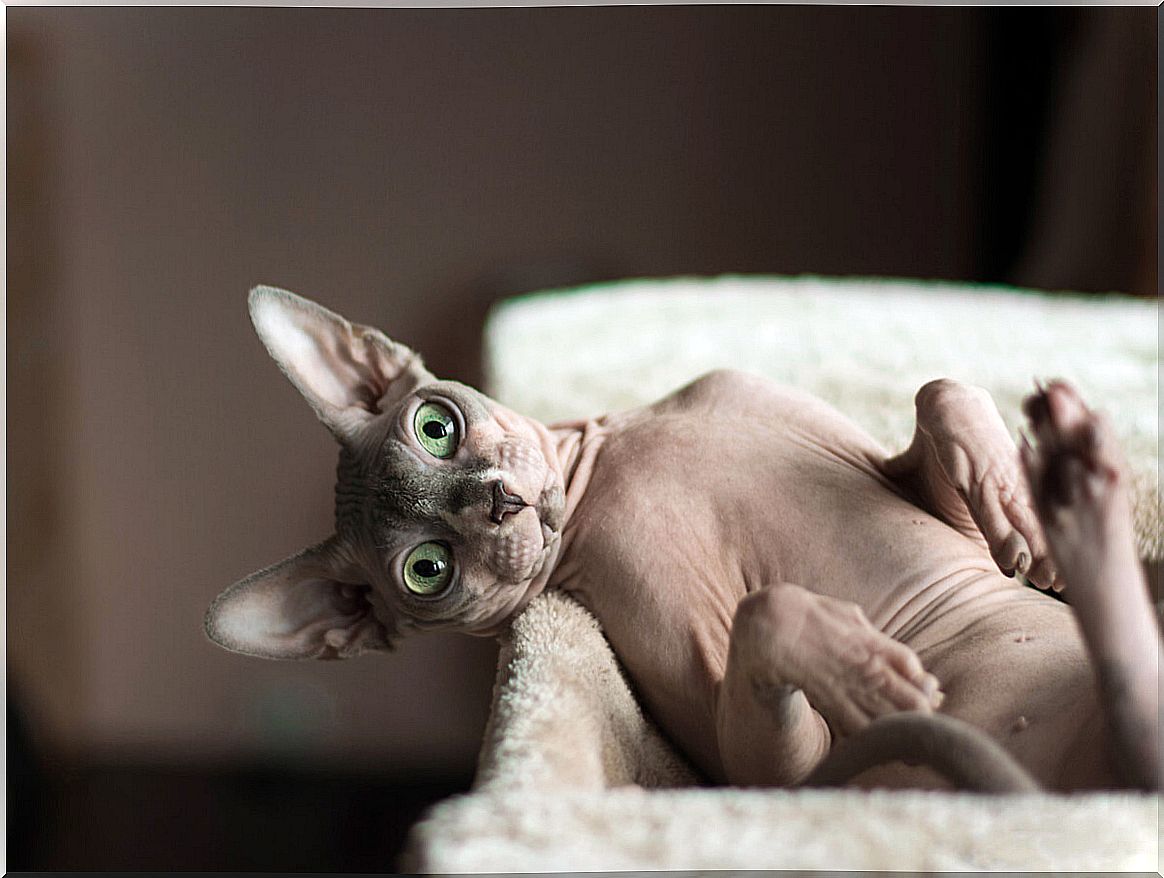
What if the cat chasing its tail is an adult?
In the adult stage, things change: the feline has already learned to hunt, play and respect limits. That is why the fact that the cat is chasing its tail is a more worrying issue when it is older.
By now, the cat must be mature enough to know that its tail is not a toy. Therefore, if he exhibits this behavior repeatedly , it is possible that you are facing a stereotype or compulsive behavior. Some of the causes of this pathological sign in adult cats are the following:
- Lack of stimulation: if the feline does not have enough environmental enrichment in his day to day, boredom can lead him to develop stereotypes.
- Socialization deficit: either with other cats or with humans, if this aspect is neglected, compulsive behaviors may appear.
- Stress or Anxiety: Cats are very sensitive to stress. For certain individuals, a small change in their routine can cause great discomfort.
- Traumatic episodes: A bad experience, such as abuse or neglect, can affect a feline’s mental health in many ways.
If you know of a case or think that your feline may be suffering from it, it is important to work to correct the problem and make it escalate as little as possible. To do this, you have some tips that you can read below.
How to avoid or correct this stereotype
Once the origin of this behavior has been correctly diagnosed, the first step is to enrich your cat’s daily life. Here are some of the many ways to do this:
- Socialize with him daily: you live with a feline, why not enjoy his company? Both playing with him and watching him while he has fun, you will have a good time and he will feel accompanied.
- Locate and eliminate all sources of stress : Sometimes it can be a little difficult to know what is disturbing the animal, but it is important to suppress these stressors, otherwise you will not be able to advance in recovery.
- Rule out physical illnesses: A condition like external parasitosis can be a cause of the cat chasing its tail. In such a case, as with pain, the cat will also bite its tail.
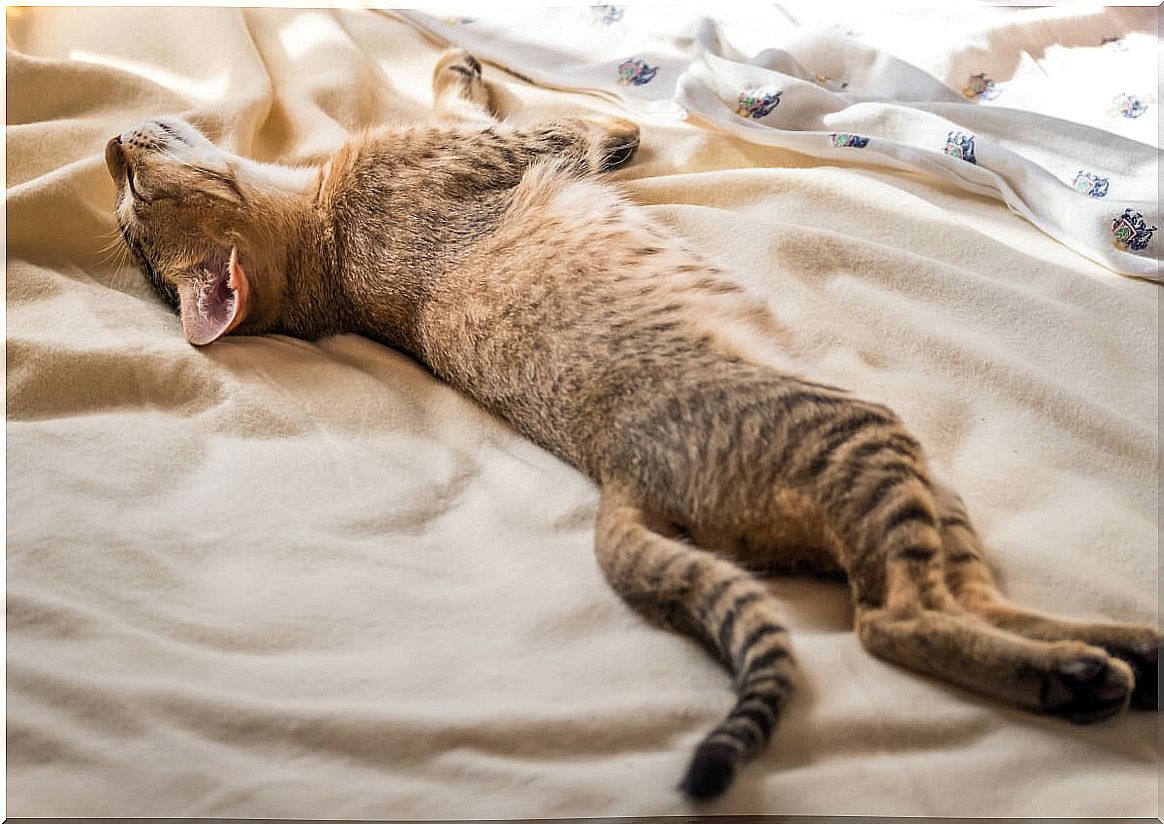
As with all behavior problems, the last recommendation is always that, when in doubt, you go to an expert for advice. Stereotypes can be corrected, but if allowed to advance, they can have dire consequences at all levels — in this case, the cat mutilating its tail or causing serious injury.
The quintessential recipe to prevent the appearance of behavioral problems is to have a good relationship with the animal and enrich its day-to-day with good moments and intellectual challenges. The synergy between you and your cat can only bring you moments of happiness, so don’t stop working on it.




